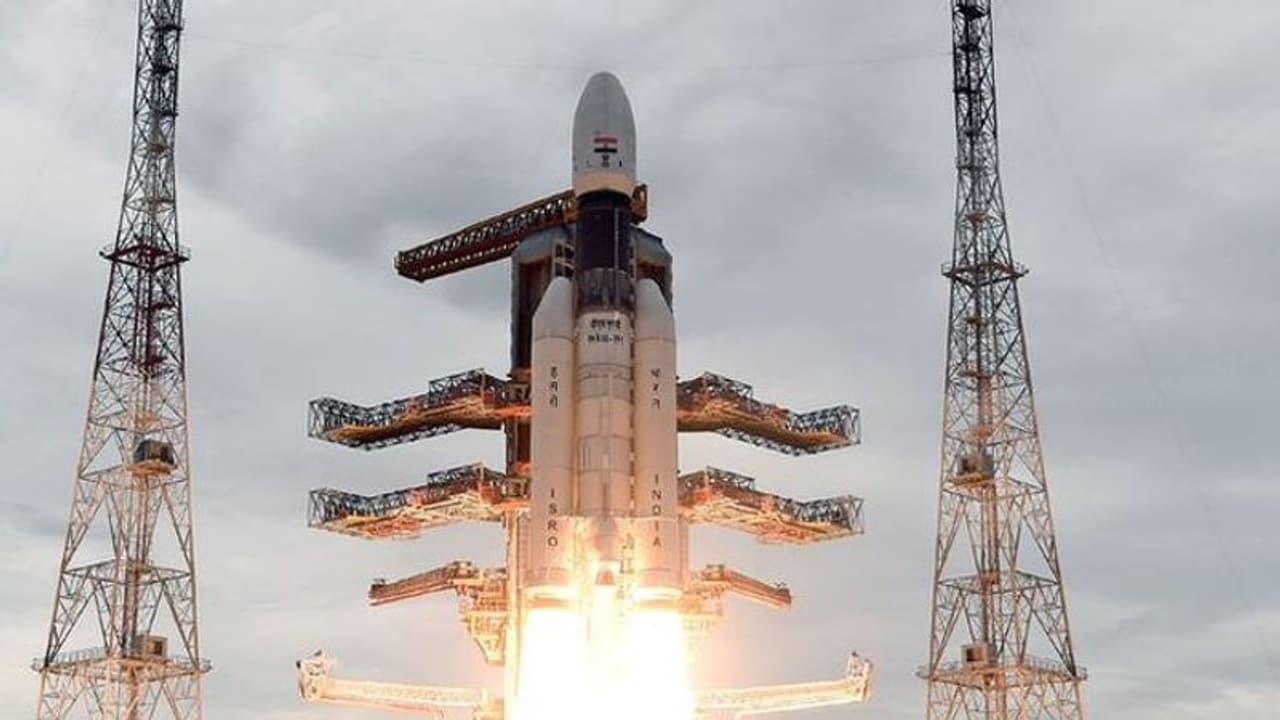The Indian Space Research Organisation (ISRO) has confirmed the launch date for its highly anticipated lunar mission, Chandrayaan-3. The launch is set to take place at the Satish Dhawan Space Center in Sriharikota, India, using a GSLV Mark 3 heavy-lift launch vehicle.
The Chandrayaan-3 moon mission's highly anticipated launch date has been confirmed by the Indian Space Research Organisation (ISRO). According to today's announcement by the authorities, the rocket will take off on July 13 at 2:30 pm local time.

Following the successful but bittersweet Chandrayaan-2 mission in 2019, the project—India's third attempt to reach the moon—represents another major stride for the country in space research. The Vikram lander experienced a hard landing on the previous mission, which prevented the rover from being deployed as intended even though the mission was successful in orbiting the moon.
The success of the forthcoming mission is expected, according to ISRO authorities. With its primary goal being to show off how to soft-land on the moon's surface and control a robotic rover, the Chandrayaan-3 mission is expected to advance our understanding of the moon.
Also Read | Heartbreaking! Zomato delivery agent eating food from plastic bag moves netizens - WATCH
A GSLV Mark 3 heavy-lift launch vehicle will be used for the launch, which will take place at the Satish Dhawan Space Centre in Sriharikota, India. The mission has a 615 crore dollar budget.
To reduce hazards and guarantee a successful mission, the Chandrayaan-3 underwent extensive testing and validation procedures. Based on the knowledge gained from the last trip, the mission design has been optimised, including the configuration of the lunar payload.
First monsoon session of Parliament in New Parliament building from July 17; check details
This time, ISRO has made noteworthy improvements to guarantee the mission's success. Similar to Chandrayaan-2, Chandrayaan-3 will also send a lander and rover, but it won't send an orbiter. The lander and rover will be carried by the propulsion module, which is intended to function as a communications relay satellite, up until the spacecraft is in a 100 kilometre lunar orbit.
The mission's Spectro-polarimetry of Habitable Planet Earth (SHAPE) payload is a significant enhancement. This apparatus will analyse spectral and polarimetric readings of Earth from the lunar orbit, providing scientists with important information about our planet.
The Chandrayaan-3 mission's three main goals are to land safely and gently on the moon, show the rover's ability to loiter on the lunar surface, and perform in-situ scientific investigations. The mission's objective is to investigate the soil, water, and chemical constituents present on the lunar surface in order to better comprehend the lunar composition.
The mission is important for the scientific community worldwide as well as for India. It enhances the skills needed for upcoming lunar and extraterrestrial exploration while building on the knowledge gleaned from earlier expeditions.
Mumbai: Versova-Bandra sea link renamed as Veer Savarkar Setu; know details
